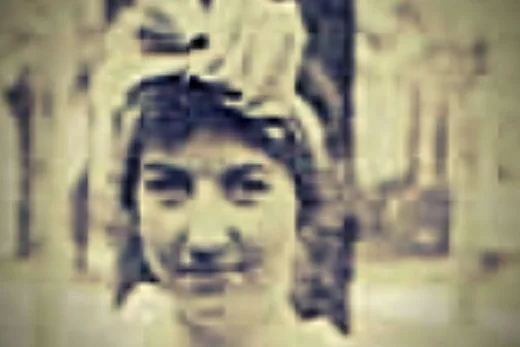The B-29 Superfortress was a design the Soviets could not compete with.
In the 1940s, the United States produced a bomber with extremely
advanced capabilities, and revolutionary in design.
The B-29 entered combat on June 5, 1944, and was instrumental in winning
the war with Japan.
Although our European ally, the Soviets had not declared war on Japan.
Four B-29s, in raids over Japan, were forced to land in Russian territory.
The American airmen were eventually released, but the Soviets refused to
release the B-29s.
Reverse-Engineered by the Soviets
After extensive testing of the B-29s, the Russians made a bolt-for-bolt copy
and called it a Tu-4.
The Tu-4 was a reverse-engineered B-29.
The Soviets continued testing the Tu-4 until it was ready for the first airdrop
of a Soviet atomic bomb on Oct. 18, 1951.
The Cold War was in progress, and the Soviets now had nuclear capability to
reach the United States.
In the early 1950s, our air defense program, the SAGE System, began
development and was operational before 1960.



